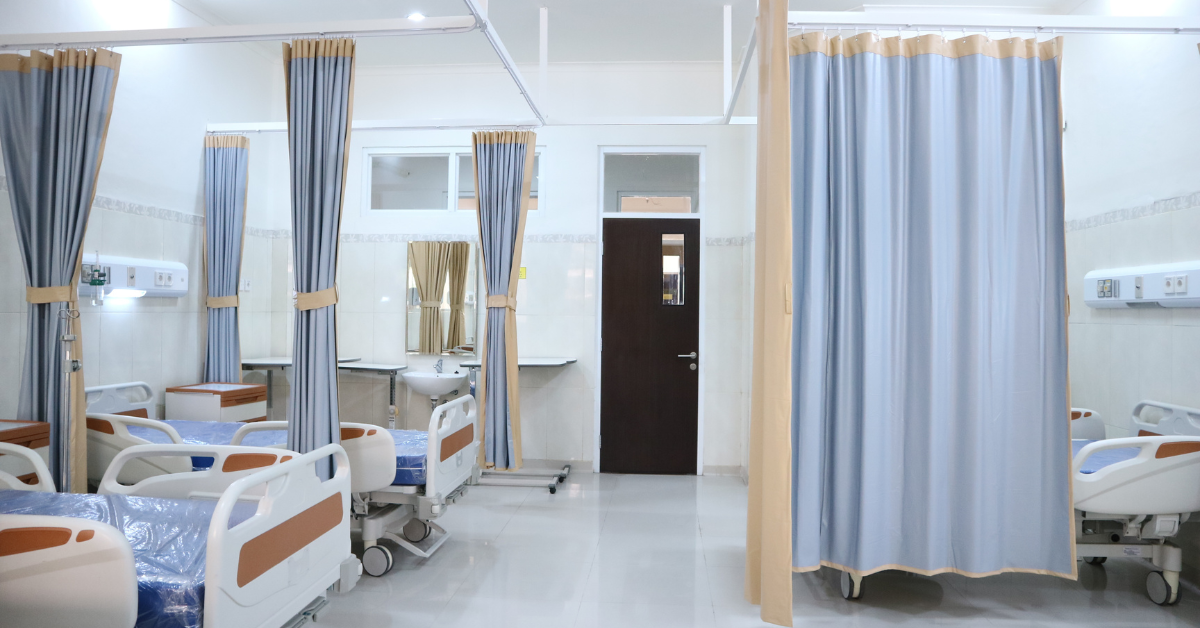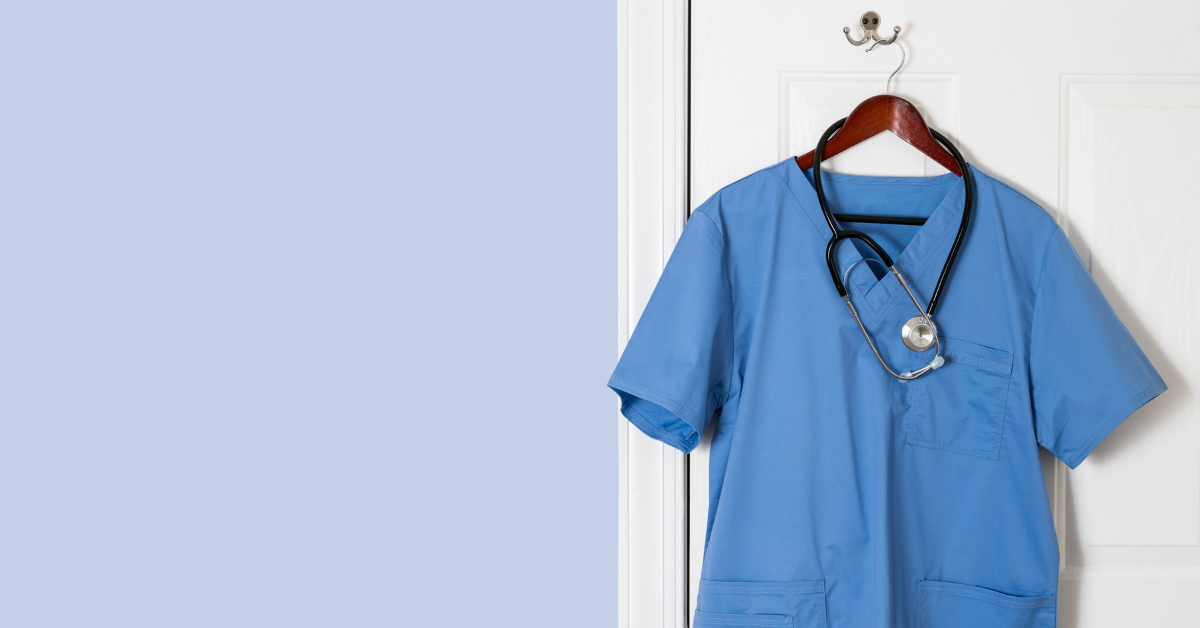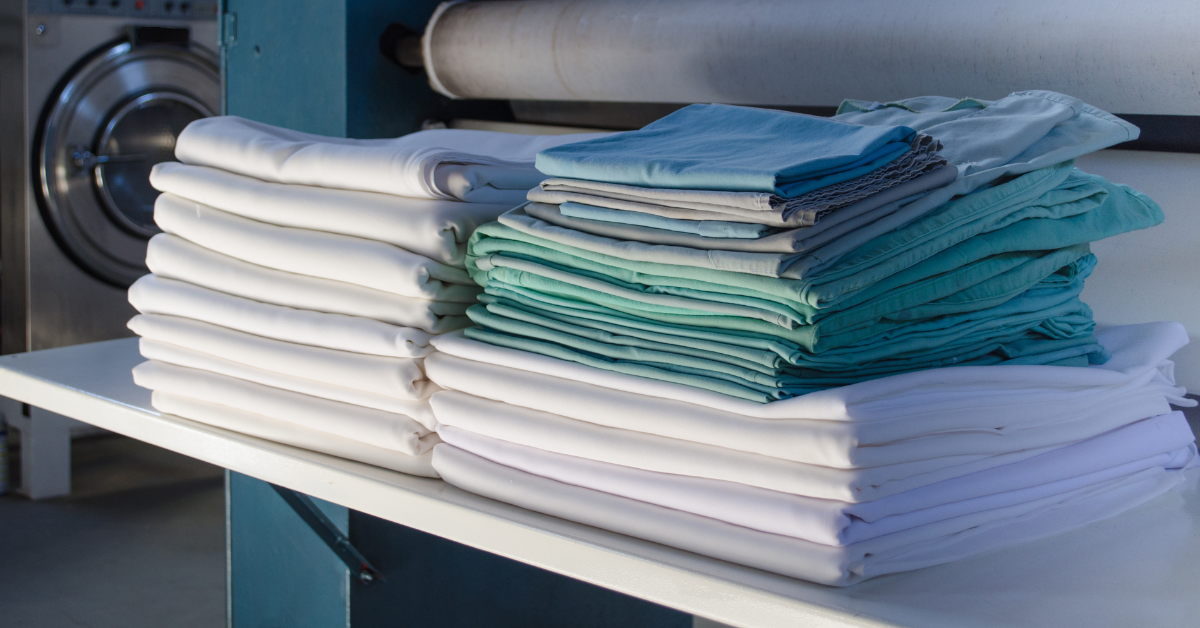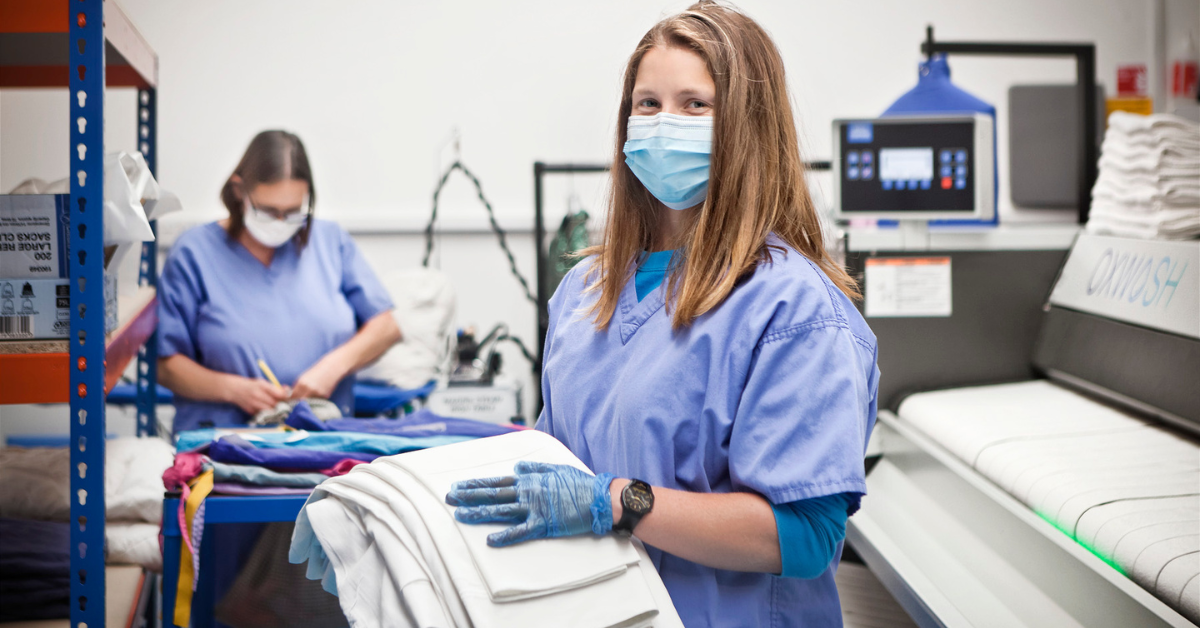Our sustainability report is now live and free to download!
How to ensure nursing home linens are hygienic and safe for residents
How to ensure nursing home linens are hygienic and safe for residents


Business & Insights
Healthcare
Sustainability
Maintaining high levels of hygiene in a healthcare environment is incredibly important. But one often overlooked aspect of cleanliness is linens in nursing homes, which play a crucial role in the well-being of residents.
Let’s delve into practical steps to ensure that nursing home linens meet the highest standards of hygiene, providing a comfortable and safe environment for elderly residents.
Maintain a regular washing schedule
The first line of defence against germs and bacteria is a consistent washing schedule. Linens in nursing homes should be laundered regularly, with bed linens changed at least once a week and more frequently if spills or accidents occur.
This routine not only enhances the cleanliness of the living spaces but also prevents the accumulation of harmful pathogens.
Temperature matters
If you don’t have access to specialist equipment, temperature matters. Hot water, typically above 60°C, is a formidable adversary against bacteria and viruses. Ensure that your laundry practices include washing linens at high temperatures, as this not only eliminates germs but also contributes to the longevity of the linens themselves.
Traditionally, healthcare laundry necessitated washing at temperatures ranging from 65 to 71 degrees Celsius. Oxwash utilises state-of-the-art technology and environmentally friendly detergents to launder healthcare linens effectively at lower temperatures. Our innovative approach involves infusing ozone throughout the washing process. As ozone dissolves in the water, it actively destroys organic materials encountered in the laundry, including bacteria, viruses, mould, and other microorganisms.
The heightened efficacy of ozone at temperatures ranging from 10 to 15˚C allows Oxwash to adhere to hospitals' stringent hygiene standards while operating at lower temperatures, leading to significant energy and water savings. This sustainable methodology not only reduces operational costs and industrial waste but also contributes to the prolonged lifespan of linens. This commitment to sustainability and quality has resulted in Oxwash successfully achieving the EN 14065 accreditation. Learn more about our healthcare linen care here.
Separate loads for different items
To avoid cross-contamination, it's crucial to separate different types of linens during the washing process. Bed linens, towels, and personal clothing should each have their own designated load. This simple practice minimises the risk of transferring pathogens between different items and ensures that each type of linen receives the specific care it requires.
Choose the right detergent
What laundry detergent do nursing homes use? Using an effective, yet gentle detergent is pivotal in maintaining the quality of linens while ensuring thorough cleanliness. Look for detergents with antimicrobial properties that specifically target germs. Moreover, choose detergents that are free from strong fragrances and harsh chemicals.
For example, our Ozone process – a uniquely engineered sterilisation process that eradicates tough germs and odours without generating toxic waste.
Inspect for wear and tear
Regularly inspecting linens for wear and tear is a proactive approach to preventing potential hazards. Check for frayed edges, weakened fabric, or loose seams that could pose risks to residents. Swiftly replacing damaged linens not only maintains a hygienic environment but also ensures the safety and comfort of those in your care.
Implement colour-coding systems
Simplify the linen management process by implementing a colour-coding system. Assign specific colours to different types of linens, such as bed sheets, towels, and personal clothing. This not only streamlines the sorting process but also reduces the risk of using contaminated linens for the wrong purpose.
Regularly disinfect laundry equipment
Just as linens require regular washing, the laundry equipment itself needs attention. Regularly disinfecting washing machines, dryers, and laundry carts is crucial in preventing the build-up of bacteria and mould. A clean and disinfected laundry facility is an integral part of the larger effort to maintain a hygienic nursing home environment.
We use our flagship facility, Big Blue I, which is located in Swindon and is the world's first industrial-sized, carbon-neutral laundry and wet cleaning facility.
Increase resident well-being by prioritising safety and hygiene
Ensuring that nursing home linens are hygienic and safe for residents involves a combination of routine, attention to detail, and investment in quality. By implementing these practical tips, nursing homes can create an environment where residents not only feel comfortable but also protected from potential health hazards.
Let's talk laundry
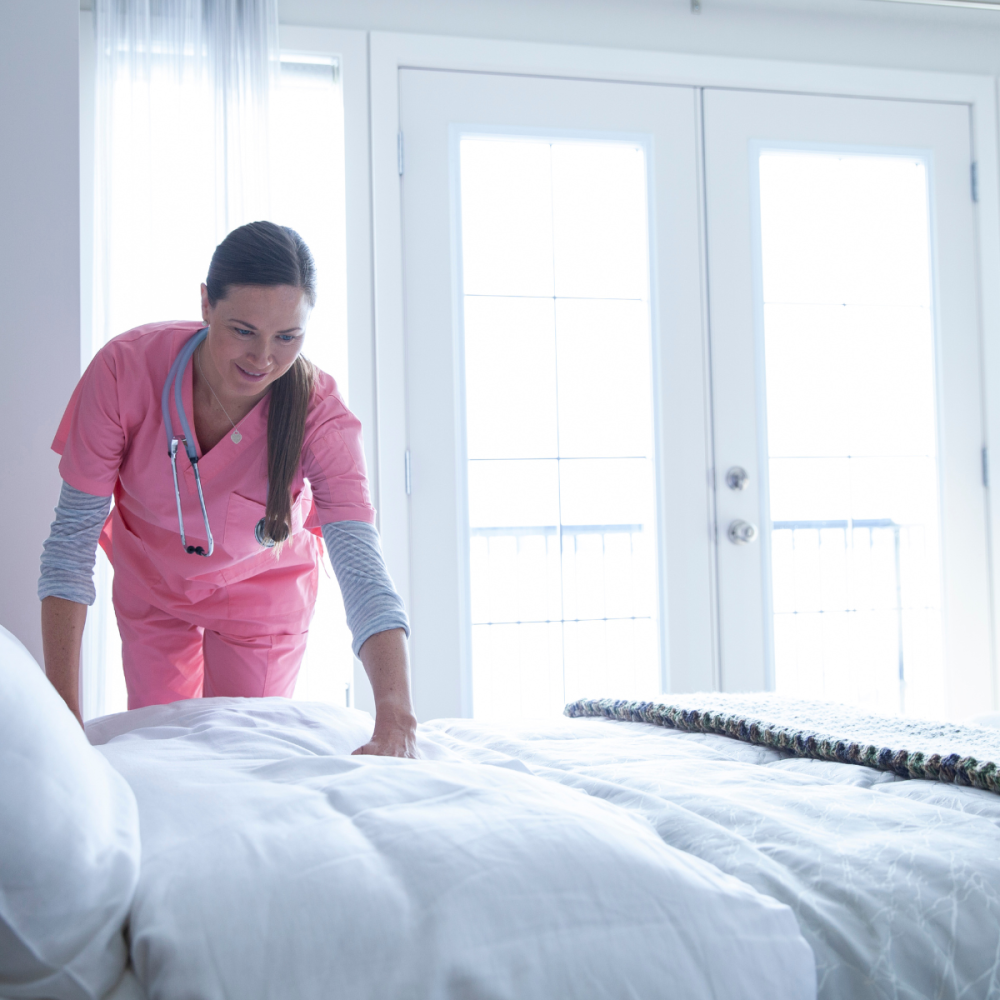

Related Articles


B Corp™ certified.
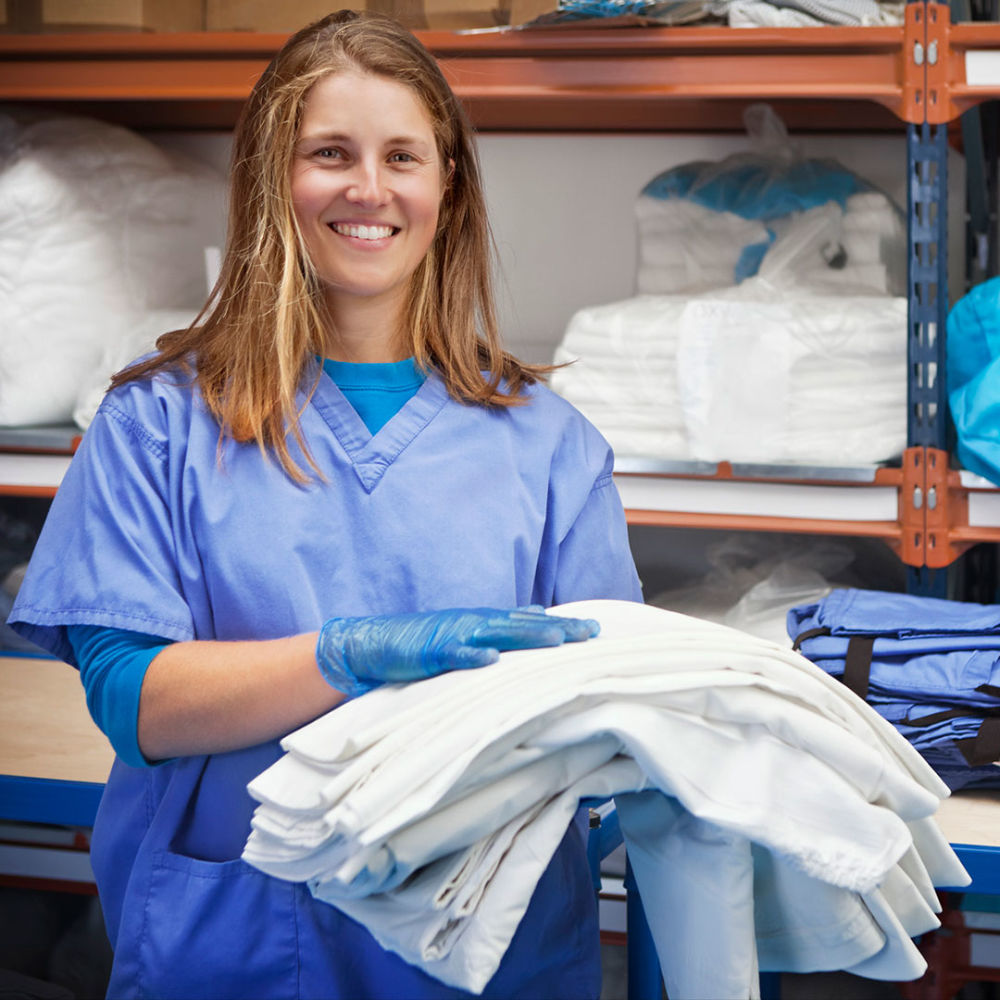

Surpassing NHS-grade disinfection.







